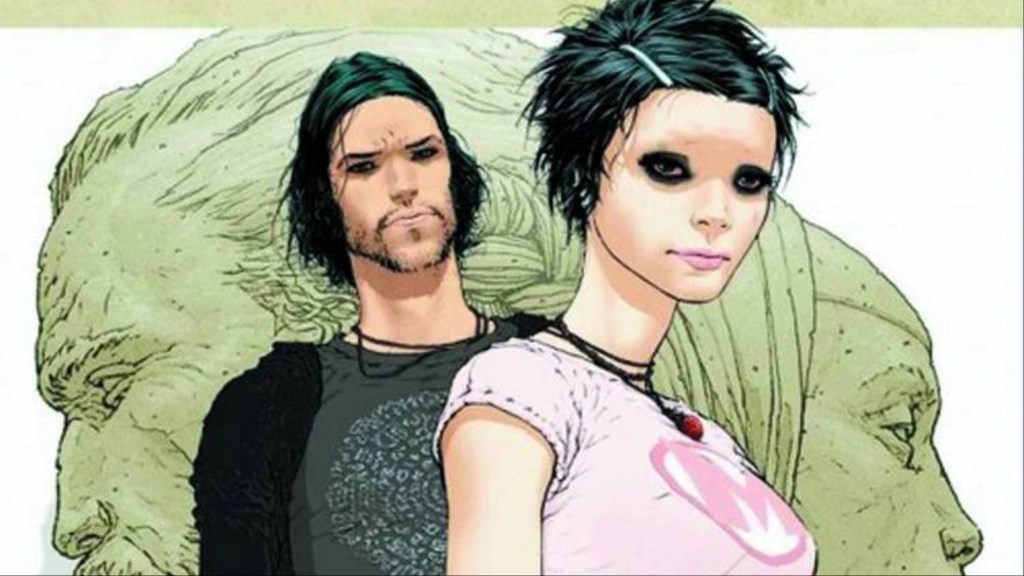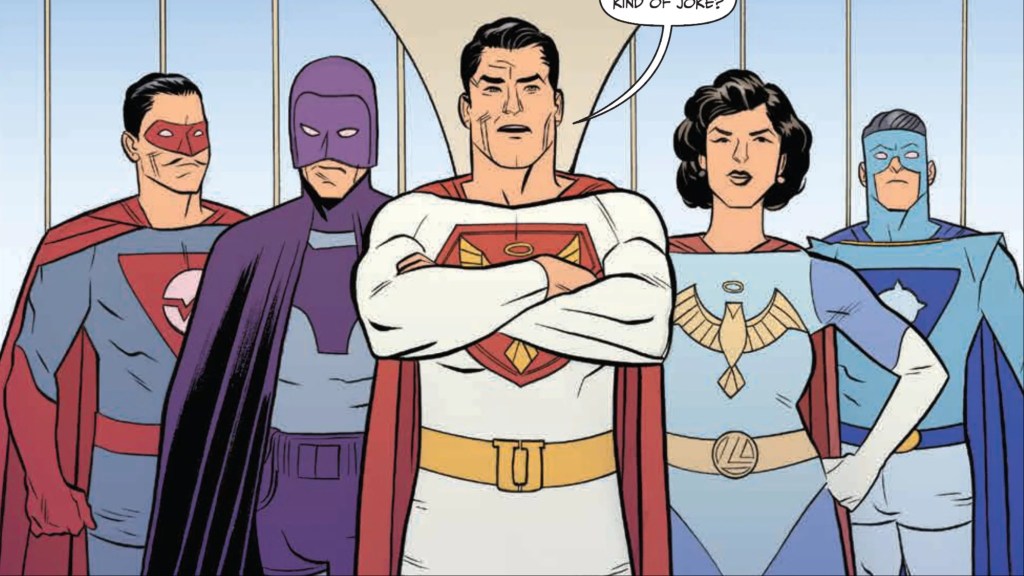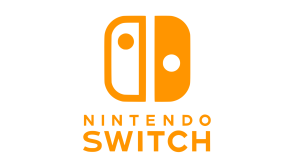Mark Millar is one of the most controversial writers in the history of the comic industry. His work at DC and Marvel made him a superstar in the 2000s, and he would leave the Big Two to create the Millarworld imprint of comics. Millar has a certain reputation among fans. There are few writers who are as edgy as Millar, and this had led to a lot of fans giving up on him over the years, as his work started to hit excesses that a lot of fans just aren’t into. Books like Nemesis and Big Game glory in their blood, naughty language, and regressive humor, but not every Millar created indie book is the same. The Jupiter’s Legacy books — especially the first two volumes and its prequel Jupiter’s Circle — are a slice of classic superhero goodness that no one would expect from latter day Millar.
Videos by ComicBook.com
Many superhero fans are familiar with Jupiter’s Legacy mostly because of its failed Netflix series. However, hunting down the first four Jupiter’s Legacy books will reveal a superhero universe of wonderful depth and vibrancy, with stories that take the mature themes of Millar and use them in the best possible way. These are legitimately great comics and it’s about time we talk more about them.
Jupiter’s Legacy Introduced Readers to a Great Superhero Universe

Jupiter’s Legacy reunited Millar with his collaborator from The Authority, artist Frank Quitely. The return of Quitely brought back another idea from their run on The Authority, that of superhero as pop star. Jupiter’s Legacy introduces readers to the Sampson family. Utopian and his wife Lady Liberty have been heroes since the 1920s, when they and their friends found an island that gave them superpowers. Superheroes changed the course of human history, becoming not just protectors but stars. By the time Jupiter’s Legacy opens, the heroes of the younger generation are party animals, while the older heroes keep up their superheroic derring-do, calling in the help of the younger generation. Utopian’s daughter Chloe is a party girl secretly dating the son of Skyfox, a hero turned villain, named Hutch, while his son Brandon lives in his shadow. Brandon is recruited by Brainwave, the Utopian’s brother, in a scheme to take over the superhero community, leading Chloe and Hutch to form a resistance and battle against them.
This is the premise of the first two volumes of Jupiter’s Legacy. These two series are an example of brilliant world-building. The moment you open the book, you’re dropped into a fully formed world of superheroes, and you learn more and more about it as you turn each page. The superheroes of Jupiter’s Legacy are based on DC heroes more than Marvel, but Millar is still able to add in the real world charm that has made Marvel heroes so relatable. The superheroes of Jupiter’s Legacy are human and super, and that comes off every page. Quitely’s art is gorgeous, giving the world of Jupiter’s Legacy a unique visual feel that definitely fits Millar’s writing. There are some amazing action scenes in the book, Millar and Quitely working together like they never lost a step since The Authority. Jupiter’s Legacy will pull any superhero fan in; it’s familiar yet different, and is one of the best examples of “superheroes in the real world” in the history of the industry.
RELATED: Vatican City’s Vampire Apocalypse Leaves a Brutal and Bloody First Impression (Review)
Jupiter’s Legacy‘s world feels fully formed, but readers don’t get to see its origins until Jupiter’s Circle, where he was joined by artists Chris Sprouse, Wilfredo Torres, and David Gianfelice. It is basically the Golden and Silver Age of the Jupiter’s Legacy universe, giving readers the history of the Union, the Justice League pastiche at the center of Jupiter’s Legacy, showing how a group of people deal with being superpowered superstars. It’s honestly the best part of the whole saga, as these twelve issues show Millar taking the kind of straight up superhero stories that were the bread and butter of the comic industry for decades, and injecting them with real world ideas. Superheroes squabble, some are closeted, and there’s the kind of jealousy that would lead the Union to its doom. It’s a new look at old style superhero stories, and it makes the events of Jupiter’s Legacy even better, which is pretty much the entire point of prequels.
Jupiter’s Legacy and Jupiter’s Circle do have their moments of Millar edginess, but it never derails the book like it could in previous Millar indie works like Wanted and Nemesis. Millar grew up reading comics, and has a love for those old books. That sometimes doesn’t come through in his work, as he seems more pressed to add as many curse words as he can to his comics than pay homage to what came before, but Jupiter’s Legacy/Jupiter’s Circle are pitch perfect when it comes to combining the best of the past with the kind of ideas that modern readers want. I completely understand why people don’t like Millar much anymore — we’ve moved forward while he’s stayed in the same place — but Jupiter’s Legacy/Jupiter’s Circle show a side of Millar that we don’t get to see often and it’s that of an excellent superhero writer.
Jupiter’s Legacy/Jupiter’s Circle Are a Perfect Synthesis of Comics’ Past and Present

Superhero deconstruction is a tired thing. Every time I read someone saying how they want to break open superheroes to find what makes them tick, I groan a little bit. Jupiter’s Legacy/Jupiter’s Circle deconstruct the superhero, but there’s a charm to the whole thing that can be missing from other superhero deconstruction. It finds a way to pay homage to what came before while using modern storytelling ideas to make the whole thing seem real. These are amazing books.
This being Millar, he has dropped the ball with Jupiter’s Legacy. Jupiter’s Legacy: Requiem/Finale was supposed to be the big climax, but the twelve issue series took a long layover between its first six issues and its second, all while making Jupiter’s Legacy into a more typical Millar superhero romp. This is a tragedy, because Millar showed that he can be more than the one-trick mature readers comic pony he’s become. Jupiter’s Legacy and Jupiter’s Circle show off a very different Millar than we’ve been getting, and they’re definitely worth your time.








